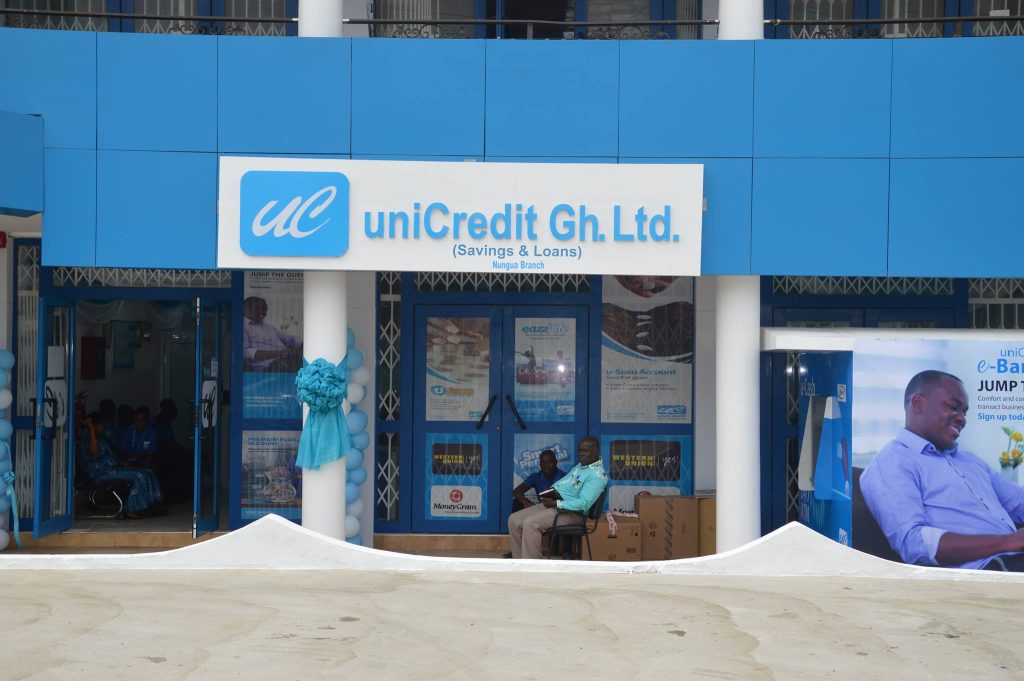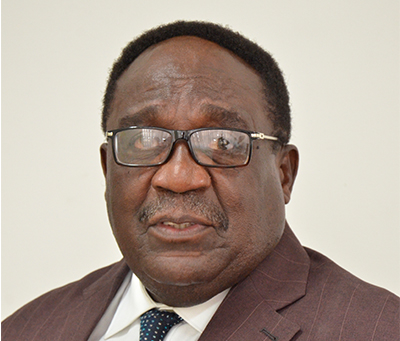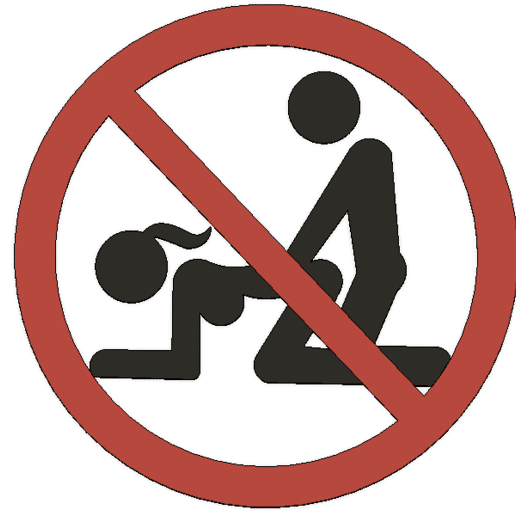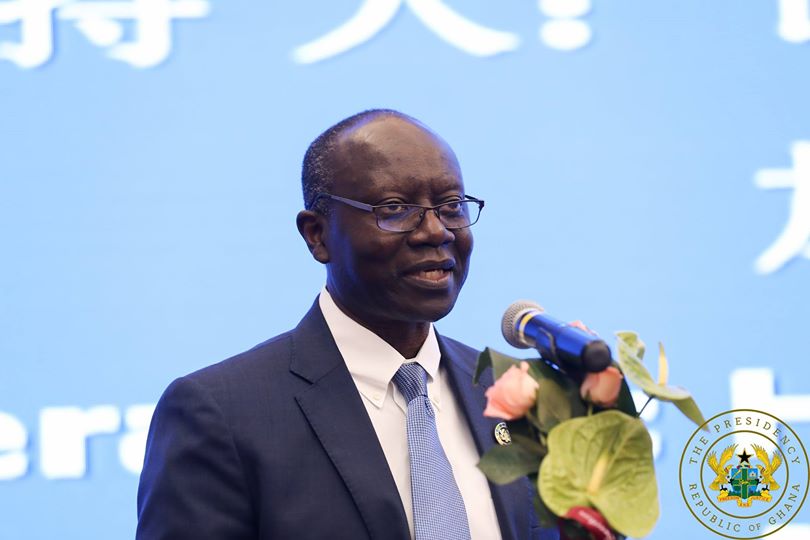The Monetary Policy Committee has reduced the policy rate by 100 basis points to 22.5 per cent, citing lower risk to inflation and growth.
“The committee judged that the downside risks to growth outweigh the upside risks to inflation in the outlook, and therefore decided to reduce the policy rate by 100 basis points to 22.5 percent,” Dr Ernest Addison said at his first news conference since his appointment in March.
Dr Addison said the forecast horizon for inflation remains unchanged and inflation was expected to trend downwards towards the medium-term target of 8±2 percent in 2018, barring any unanticipated shocks.
He said the Committee would continue to monitor risks and take the necessary policy action to move headline inflation towards the medium term target.
He said information from the updated Composite Index of Economic Activity (CIEA) suggested a faster pickup in economic activity during the first quarter of 2017, relative to the same period last year.
The Governor said Bank of Ghana’s business and consumer confidence surveys indicated that while business confidence showed a marked rebound, driven in large part by their expectation of an improved macroeconomic environment, consumer confidence recorded a marginal dip driven by softening welfare sentiments.
For the 12-month period to March 2017, credit to the private sector and public institutions increased by GH¢5.0 billion, representing 19.4 per cent year on year growth compared with GH¢2.6 billion recorded for the same period in 2016.
The private sector accounted for 86.1 percent of the total credit flow. In real terms, credit to the private sector also showed a rebound, increasing by 5.9 percent, on year-on-year basis, in March 2017 after contracting by 6.9 percent same period last year.
Dr Addison said the banking system recorded strong asset growth in the year to April 2017 with the total asset base up by 30.9 percent to GH¢84.5 billion compared to an asset base of GH¢64.6 billion as at April 2016.
The growth in assets was funded mainly by domestic deposits, which increased by 28.4 percent to GH¢11.7 billion in April 2017.
Dr Addison said provisional data on government fiscal operations in the first quarter of 2017 indicated a cash deficit of 1.5 percent of GDP, consistent with the set target for the period on the back of improved expenditure alignment to revenues.
Total revenue and grants fell short of target by 14.3 percent, while expenditures remained broadly contained at 11.5 percent and below programmed target.
Total revenue and grants for January to March 2017 amounted to 4.1 percent of GDP as against a budget estimate of 4.8 percent.
Total expenditures, including arrears clearance was provisionally reported at 5.6 percent of GDP compared with a target of 6.3 percent.
Financing for the deficit, equivalent to 1.5 percent of GDP was mostly from domestic sources, including drawing down on government deposits with the Bank of Ghana.
The stock of domestic debt, which was GH¢53.4 billion (31.9% of GDP) at the end of 2016, increased to GH¢55.2 billion (27.2% of GDP) at the end of March 2017.
External debt increased from GH¢69.2 billion (41.3% of GDP) at the end of December 2016 to GH¢71.9 billion (35.3% of GDP).
This brings total public debt at the end of March 2017 to GH¢127.1 billion (62.5% of GDP) up from GH¢122.6 billion (73.3% of GDP) at end 2016.
Developments in the external sector point to significant recovery in exports over the first four months of 2017, on the back of increased production volumes and prices of gold and crude oil.
This, together with lower imports, resulted in a trade surplus estimated at 2.5 percent of GDP, compared to a deficit of 2.2 percent recorded in same period of last year.
The volatility in the foreign exchange market has eased significantly, supported by improved foreign exchange liquidity conditions and the outturn in the trade balance, with a more positive outlook based on significant expected inflows.
Cumulatively, the Ghana Cedi has depreciated by 1.0 percent against the US dollar in the year to 18th May 2017, compared with 3.5 percent reported at the last MPC round.
Gross International Reserves increased to US$6.4 billion, an equivalent of 3.7 months of import cover, at the end of April 2017 from US$4.9 billion (2.8 months of import cover) at end-2016.
GNA




















